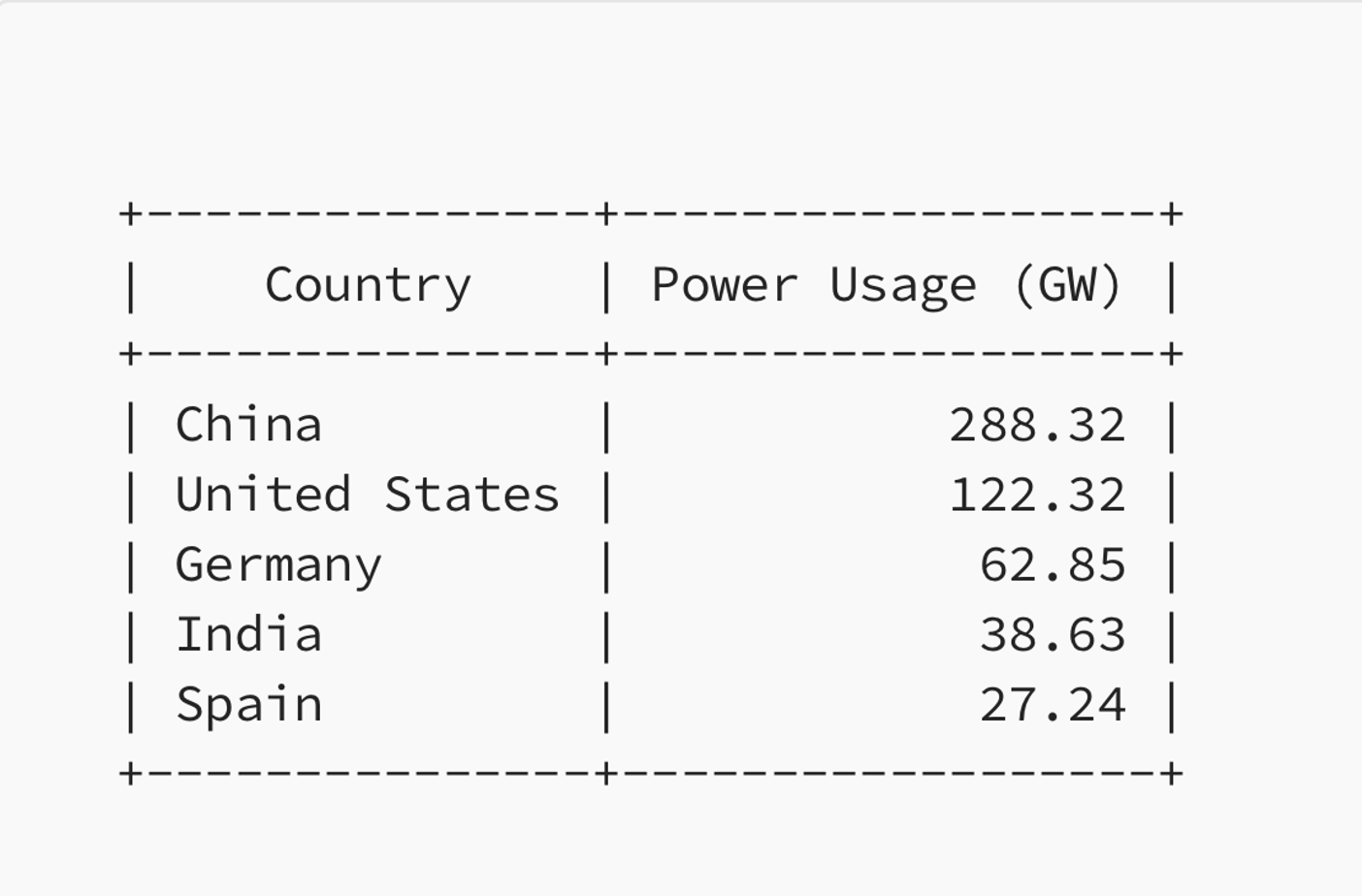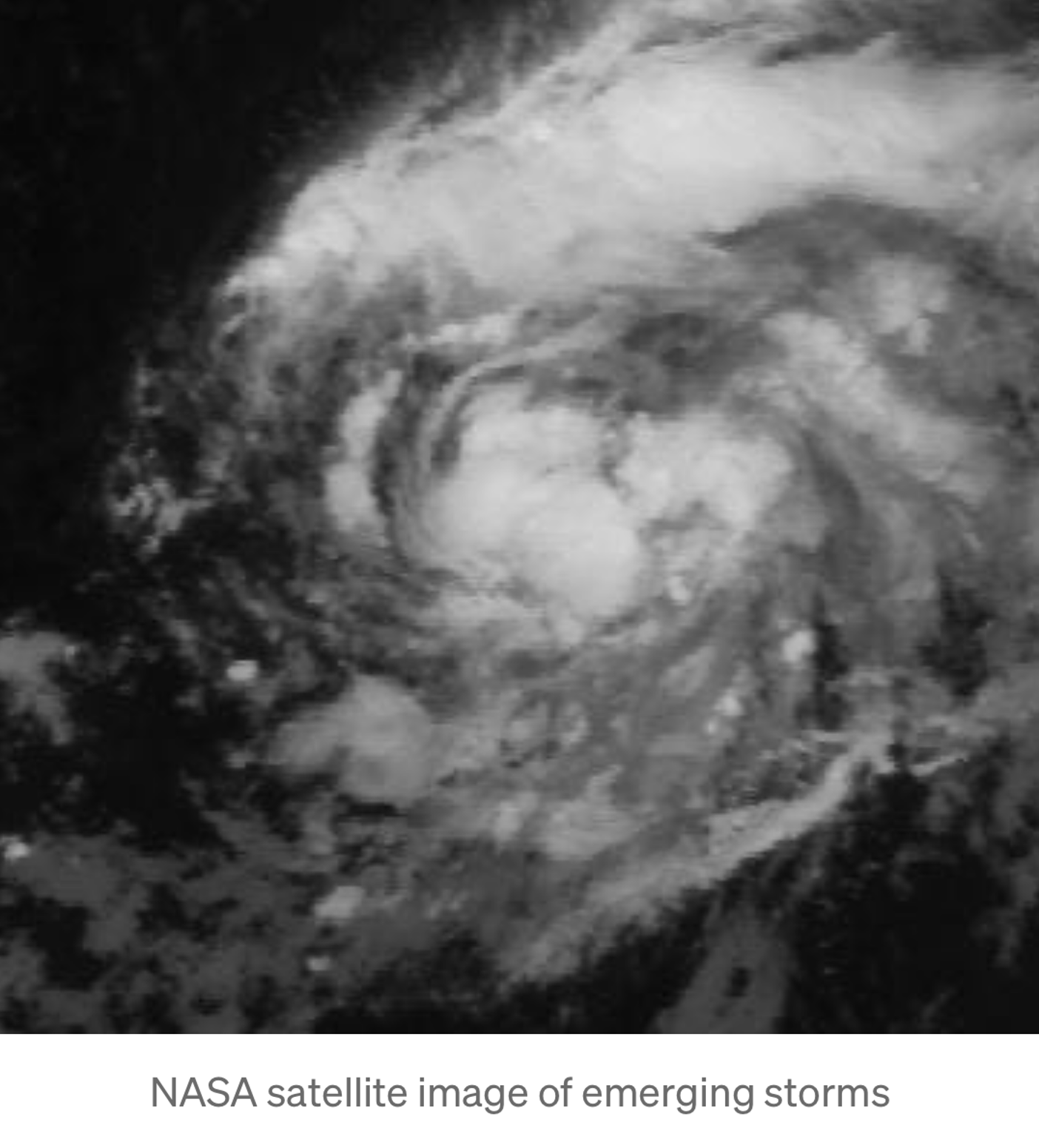Application of AI on maximizing renewable wind energy


· 6 min read
Energy has always been the most important thing in this world. It is the only thing that drives the entropy of this world and hence all the big industries are trying to fight for it and harness the energy. Wind energy has been an ever-prosperous energy-obtaining process. The most popularly dealt machine for this harness is the use of wind turbines.
Wind turbines are a clean and renewable source of energy that can be used to generate power for homes and businesses. Wind turbines use the power of the wind to turn blades that rotate a shaft to create energy. This energy can be used to power homes and businesses, or it can be stored in batteries for later use. This is a very efficient way of energy generation. The energy demand is increasing every year. The United States is the most energy-dependent country in the world, with a dependency ratio of 99.8%. China is the second most energy-dependent country in the world, with a dependency ratio of 97.1%. India is the third most energy-dependent country in the world.
Among the various kinds of energy generation techniques, wind energy is the newest and one of the most dependable energy sources. Wind energy has proved to be effective in the whole new world. Wind turbines that generate wind energy are used in many different countries across the world. Some countries, like the United States, rely heavily on wind energy to generate power. Other countries, like China, are starting to use more wind energy to generate power.
The table shows the top five countries which heavily depend on wind energy and wind energy production.
Figure 1. Countries and their wind energy usage

Source: [4]
There are certainly two types of wind technologies, onshore and offshore. Onshore wind is a developed technology, present in most countries around the world, while offshore wind is at the early stage of expansion. However, offshore reach is expected to increase in the coming years as more countries develop or plan to develop their first offshore wind farms.
The most important component, or the backbone element, for wind energy generation is wind turbines. The blades of the wind turbine rotate due to the wind speed, which in turn rotates the motor to create the energy we need.
Wind speed is the most critical factor in determining the amount of energy a wind turbine can extract from the wind. The higher the wind speed, the more energy the turbine can extract. For a particular location, the wind power is directly proportional to the area of the blade of a wind turbine, air density, and wind speed (cubic dependence).
We know wind energy from turbines is totally dependent on wind speed. Wind energy is generally unpredictable, and setting up turbines all day long without any prior knowledge can lead to a loss of power and a loss of money and time as well. Now that’s where AI comes in. With advanced algorithms and technologies, AI can predict the wind speed at any place, on any terrain and provide us with the approximate numbers we need to know about the wind speed. This provides us the upper hand, because having prior knowledge of the wind speed, we can set up our turbine in that way so that instead of wasting time and energy the whole day, we can use the wind speed as predicted thus saving a lot of input energy and come out with an optimum output power. Also, AI can predict storms and calamities which helps us protect the turbines by taking prior protection of the setup.
One of the most well-engineered AI-based solutions is discussed below.
Google’s DeepMind AI division has announced that it will be working with UK energy company, Renewable Energy Systems (RES) to help increase the efficiency of wind farms. The project will see DeepMind’s AI technology used to predict how wind conditions will change over time at each of RES’s wind farms, in order to help the company better manage its energy output in scalable and cost-effective ways[1].
“The wind is a variable resource, and so it’s important to have accurate predictions of how it will behave at each of our wind farms,” said RES’s Chief Technology Officer, Paul Gardner. DeepMind and Google started applying machine learning algorithms to 700 megawatts of data from the company’s data centers to improve energy efficiency by up to 15%. The Google Brain team has also been working on a project called “AutoML”, which is a machine learning platform that can automatically design machine learning algorithms. This approach is based on using a neural network trained on widely available weather forecasts. The neural network is used to predict the temperature at a given location at a given time in the future.
In a paper published in June 2017, the team reported that AutoML was able to design algorithms that were more efficient and accurate than those designed by human experts. All this comes to one point, AI can be of huge aid when it comes to highly efficient energy containment from various kinds of sources, particularly wind in this case.
There are a number of artificial intelligence solutions that can be used to predict the wind speed at a particular location. These solutions use a variety of techniques, including machine learning, deep learning, and artificial neural networks. We have worked on a problem statement to predict the wind speed from high-dimensional satellite images of an open-source NASA dataset. State-of-the-art AI models are used to train this complex model to be able to predict the wind speed of emerging storms as they evolve. In general low earth-orbiting satellites that circle the Earth capture a large number of images that are typically used to understand wind patterns over Earth’s polar regions [3].
AI has been proven to be a boon for many problems that seemed impossible to solve before. Once again in this case AI provided the most capable solution for wind energy harnessing, and this has helped many industries and will help in the long run.
Figure 2. NASA satellite image of emerging storms

Satellite image of a location where a storm is emerging. Our model is trained on such images to predict storm wind speed.
[1] https://blog.google/technology/ai/machine-learning-can-boost-value-wind-energy/
[2]https://www.datacenterdynamics.com/en/news/googles-deepmind-uses-ai-predict-wind-farm-output/
[3] https://www.nesdis.noaa.gov/news/measuring-winds-help-predict-the-weather.
[4] https://www.power-technology.com/features/wind-energy-by-country/
This article is also published on the author's blog. illuminem Voices is a democratic space presenting the thoughts and opinions of leading Sustainability & Energy writers, their opinions do not necessarily represent those of illuminem.
Andrea Gori

Climate Change · Carbon
Yury Erofeev

Battery Tech · Mobility Tech
illuminem briefings

Renewables · Wind
Eurasia Review

Carbon · Wind
Eco Business

Wind · Renewables
Mirage News

Green Tech · Renewables